Results 1,721 to 1,730 of 12096
Thread: Anandtech News
-
03-16-12, 09:21 AM #1721
Anandtech: Archos 35 Home Connect Review: Android at the Bedside
Over the last few years of smartphone ownership, one of the most satisfying and somewhat surprising uses has been listening to good old fashioned FM radio, streamed through the internet and to my phone. They're not ideal for this, certainly. Phone speakers are tolerable at best for music, and often not loud enough to fill a room. And streaming, especially in WiFi dead spots around your house, can deplete your phone's battery quickly. And yet, dedicated internet radio devices have remained a bit of a niche; and a niche often reserved for those with money to spare. The earliest internet radio device, the Kerbango was a $300 flop, whose legacy (if not looks) and price carry on with Tivoli Audio’s Networks internet radio. And though cheaper devices have rolled out, including Logitech’s Squeezebox, the prospect of buying a device solely dedicated to streaming internet radio limits the appeal to buyers.

Archos, no stranger to undercutting on price and focusing on media playback, introduced their Archos 35 Home Connect last year, to compete in this space by leveraging Android to bring more than just internet radio to your home. Priced at $130, Archos has basically taken 2010-era smartphone internals (TI's OMAP 3630, indeed) and strapped them to a pair of speakers and a 3.5” screen. Does this repurposing of Android make for a compelling buy? Let’s find out.
Lots of Gray
The design of the Home Connect is simple, if a little bland. The 3.5” screen is centered on the device and flanked by the speakers. The traditional Android controls (back, menu, search and home) are joined by volume controls as soft buttons just below the screen. A VGA front-facing camera sits just above the screen, and around back we find a microSD slot, micro USB port (for power and PC-connection), 3.5 mm headphone jack and a power button. The casing is glossy, grey plastic and though there’s a certain heft to the device, this doesn’t feel like a device that would survive a terribly large fall.
The display uses a TFT panel, which lacks in resolution and image quality. At 480x272, and producing washed out colors and blacks not much darker than the case, you probably won't watch a lot of video on this screen. This, despite Archos typical dedication to including extensive video codec and container support. More frustrating than the display, is the touchscreen layer. I’ve never met a resistive touchscreen I’ve liked, and though this one is no more offensive than any other, it’s still the most frustrating aspect of the Home Connect. Key presses are often missed and swipe gestures are an exercise in frustration. Some hardware buttons could have gone a long way to remedying the problem, particularly if a directional pad were included. Better still, swapping the resistive layer for a capacitive one would be like mana from heaven.
Gallery: Archos 35 Home Connect Review: Android at the Bedside





Android As An Appliance
Though they tout the nearly limitless number of internet radio streams available, Archos doesn’t advertise this simply as an internet radio. Leveraging Android as the operating system means that the device is as versatile as the apps you can install (on Android 2.2, at least). Pre-installed apps are mainly media centric, though Tango is included for video calling. Angry Birds is the only truly surprising inclusion; if scrolling on a resistive screen is difficult, gaming is torturous. To download new apps users use a special version of AppsLib, whose catalog is broad, but unimpressive. The top free app is a Google Apps installer that grants the device Market access, a suitable testament for AppsLib’s selection. With Market installed the limiting factor is that resistive screen. Media streaming apps (Netflix, Pandora, etc) work well, though inputting usernames and passwords is challenging. Productivity and messaging apps are made almost unusable by the touchscreen, but then you probably have a phone, tablet or PC nearby for that. There’s just no getting around it, Android notwithstanding, this is a streaming device first and foremost.
The pre-installed internet radio app is one of the best, Tune-In Radio Pro. The parent company RadioTime, first developed an engine for aggregating internet radio streams in 2003 and is put to use in Logitech’s Squeezebox and other streaming devices. The Tune-In Radio app was introduced in 2008, and after a few years has matured into a feature rich, stable service with apps on iOS, Android, BlackBerry and Windows Phone devices. The “Pro” edition of the app caches content allowing users to pause and time shift streams. It’s not quite Tivo-esque since there’s no facility for scheduling recordings, but a nifty feature for live content, or playing back a song. Users can easily search for streams based on genre, location or name. Station and track data is updated on screen, on streams where it’s available, and the interface is easy to use, if a little drab.
Gallery: Archos 35 Home Connect - Screen Gallery





So, we’ve settled on this as a media playback device, how’s it do? Tivoli’s speakers are all high-end components designed to match their top dollar price. These . . . are not. That’s not to say they’re without merit. Indeed, if you’re used to listening to music through your phone’s speaker, this is much better. Stereo separation isn’t huge, but volume is much better and the range is sufficient for internet audio streams. As a frequent NPR listener the speakers seem perfect for the spoken voice, with a broad resonance that gives voices a fullness that a small phone speaker fails to do. Music doesn’t have the impact that a set of larger speakers and separate sub woofer would, but there’s much more bass available than on your phone. Sound is mostly distortion free as you raise the volume, though I suspect the speakers could be driven louder and Archos simply set 100% to be well within the speakers capabilities. Audio then, is great for an Android device, but won’t wow those who’ve bought anything from B&O.
Though typical use case is as a plugged-in device, the home connect does have a battery, so it can be carried around untethered (but within range of your wireless network). Battery life while streaming isn’t quite all-day, figuring closer to four hours than eight, but if you’re around the house you’re probably not too far from a microUSB charger no matter what room you’re in. WiFi range is as good around my house as any other WiFi connected devices, though the thick walls of this old house make horizontal penetration much worse than vertical. Though 802.11 a/b/g/n is offered, users are limited to 2.4 Ghz bands, making it vital to position it farther from your microwave for kitchen use.
Wrap-up
With the 35 Home Connect, Archos tries to answer the question, "Is Android a good platform for an internet appliance?" Past internet appliance efforts (the Chumby among them) have found little traction; while streaming audio devices have been hampered by their limited abilities and high cost. While the 35 Home Connect acquits itself well as an audio streamer, it falls short as a broader internet appliance. The display is adequate, and the Android build is stable and effective. But a resistive touchscreen makes the experience less than stellar. Being able to expand services by adding apps (like Spotify) make this device competitive with other devices at the same price point. But there’s just no getting around the fact that Android is a touch interface, and if touch response is lacking, the experience just won’t cut it. That said, I love the idea of the Home Connect and hope Archos (and others) continue to refine the genre. Same device with an OLED screen and capacitive touch, and you have a real winner.
{Ed. note: We've foregone presenting our usual testing data because of the nature of this product. If you're a developer or just curious, feel free to e-mail me at the by-line link and I'd be glad to share.}
More...
-
03-16-12, 10:30 AM #1722
Anandtech: HTC Vivid Android 4.0 Sneaks Out For Some
The long road to Android 4.0 for US subscribers seems to be getting shorter; and for some lucky users the time has come. AT&T's HTC Vivid was one of their first LTE devices, and made the list of HTC devices that would be receiving Ice Cream Sandwich. Typically these OTA updates are pushed after extensive testing and to a handful of devices at first. However, as first reported on Android Central, some owners were able to pull the update by dialing *#*#682#*#*. The update includes HTC's updated Sense 3.6 skin, which seems a little less intrusive than their prior iterations and does open up its Beats Audio feature to third party applications for the first time.
As a Gingerbread device the VIvid's no slouch; featuring Qualcomm's S3 APQ8060 (1.2 GHz dual-core A9), paired with the MDM9600 for connectivity, and 1GB of RAM, performance was on par with other phones of that generation. With this update we will have our first chance to directly compare performance on ICS between two similar SoCs (TI's OMAP 4xxx and Qualcomm's S3). No doubt a lot of time has been spent by both Qualcomm and HTC in optimizing the build for the hardware, and hopefully that work will be pushed to more AT&T users in the coming weeks.
Interested Vivid owners should try the update code, users on XDA are reporting varying success; if your phone updates, please post performance results as you get them. We'll update the post if we learn more.
More...
-
03-16-12, 11:50 AM #1723
Anandtech: Archos Shipping 1.5GHz 80 G9 Turbo Across The Pond

UK readers have one more thing to lord over their colonial cousins. Starting today, Archos has made available the long promised Archos 80 G9 Turbo in its full 1.5 GHz glory. Positioned as relative bargains in the Android tablet space, the updated slate can be bought from the UK Archos Store for £199.98 or £239.99, in 8 GB and 16 GB models, respectively. The updated line is shipping with Ice Cream Sandwich on board, so no firmware updates when you open the box.
As a refresher, we've been reporting on Archos G9 line for quite a while. Originally announced as the fastest Android tablets in the world, they haven't until now hit their top speeds on all models. With a TI OMAP 4460 tuned to 1.2 GHz, Archos released the first round of Turbo models in late 2011. These tablets matched the Galaxy Nexus in specs, but were still 20% below the promise. With whatever hurdles finally overcome, we're excited to explore the performance of a full speed OMAP 4460, particularly its PowerVR SGX540, which should be clocked at 384 MHz, trumping the GN's 304 MHz. Alas, this release seems to be UK and Europe only. With US pricing expected to hover around $300, we're eagerly awaiting a US release.
More...
-
03-16-12, 01:10 PM #1724
Anandtech: Apple A5X Die Size Measured: 162.94mm^2, Likely Still 45nm
Contrary to what we thought yesterday based on visual estimation of the A5X die, Chipworks has (presumably) measured the actual die itself: 162.94mm^2. While the A5 was big, this is absolutely huge for a mobile SoC. The table below puts it in perspective.
CPU Specification Comparison CPU Manufacturing Process Cores Transistor Count Die Size Apple A5X 45nm? 2 ? 163mm2 Apple A5 45nm 2 ? 122mm2 Intel Sandy Bridge 4C 32nm 4 995M 216mm2 Intel Sandy Bridge 2C (GT1) 32nm 2 504M 131mm2 Intel Sandy Bridge 2C (GT2) 32nm 2 624M 149mm2 NVIDIA Tegra 3 40nm 4+1 ? ~80mm2 NVIDIA Tegra 2 40nm 2 ? 49mm2
The PowerVR SGX 543MP2 in Apple's A5 takes up just under 30% of the SoC's 122mm^2 die size, or around 36.6mm^2 just for the GPU. Double the number of GPU cores as Apple did with the A5X and you're looking at a final die size of around 160mm^2, which is exactly what Chipworks came up with in their measurement.
Note that this is around 2x the size of NVIDIA's Tegra 3. It's no surprise Apple's GPU is faster, it's spending a lot more money than NVIDIA to deliver that performance. From what I hear, NVIDIA's Wayne SoC will finally show what the GPU company is made of. The only issue is that when Wayne shows up, a Rogue based A6 is fairly likely. The mobile GPU wars are going to get very exciting in 2013.
Image Courtesy iFixit
Thanks to @anexanhume for the tip!
More...
-
03-16-12, 04:40 PM #1725
Anandtech: Apple's A5X Floorplan
Today has been pretty exciting. Not only did we confirm the die size of Apple's A5X SoC (162.94mm^2) but we also found out that it's still built on Samsung's 45nm LP process. Now, courtesy of UBM TechInsights, we have the first annotated floorplan of the A5X (pictured above).
You can see the two CPU cores (ARM Cortex A9s) as well as the additional two GPU cores (PowerVR SGX543MP4) compared to the A5 (pictured below). Note the increase in DDR interfaces, although it's unclear whether we're looking at 4x16 or 4x32-bit interfaces. It's quite possible that it's the former. Also note that Apple has moved the DDR interfaces next to the GPU cores, compared to the CPU-adjacent design in the A5. It's clear who is the biggest bandwidth consumer in this chip.
Gallery: Apple's A5X Floorplan

More...
-
03-17-12, 09:50 AM #1726
Anandtech: Rosewill Hive 550W
Rosewill sent us their newest model Hive with 550W. The rated power makes these models good for most common GPUs as well as powerful CPUs. Features such as 80 Plus Bronze certification and modular cables are quite common these days, but such characteristics say little about how good a PSU really is. What about the internal design and components for example? Who built this PSU? On the following pages we will meet an old acquaintance with a new look and see if it's capable of keeping pace with the times.
More...
-
03-18-12, 04:30 AM #1727
Anandtech: This Just In: PowerColor PCS+ HD7870
Though AMD announced the Radeon HD 7800 series nearly two weeks ago, it won’t be until Monday that the cards officially go on sale. While we’re still at work on our full launch article, our first retail card, PowerColor’s PCS+ HD7870, recently arrived and we’ve just finished putting it through its paces.
The PCS+ HD7870 is fairly typical of what will be launching; it’s a factory overclocked card with a heatpipe based open air cooler. PowerColor has pushed the card to 1100MHz core, 4.9GHz memory, representing a 100MHz (10%) overclock and a much more mild 100MHz (2%) memory overclock. Given the very high overclockability we’ve seen in the entire Radeon HD 7000 series, PowerColor is one of the partners looking to take advantage of that headroom to stand out from the pack.
We’ll have the full details on Monday, but for the time being we wanted to share a couple of numbers.
Compared to the reference 7870 The PCS+ HD7870 is faster and quieter at the same time, the latter of which is largely a result of PowerColor using an open air cooler as opposed to a blower as in AMD’s reference design. The 100MHz overclock adds a fair bit of performance to the PCS+ 7870, and for AMD’s partners this is a big deal as allows them to put more space between their factory overclocked models and stock models as compared to the less overclockable 6000 series.
As far as construction goes the PCS+ 7870 is a rather typical semi-custom 7870. PowerColor is using AMD’s PCB along with their own aluminum heatpipe cooler. As we speculated in our 7870 review, partners are using the second DVI header on the PCB, with PowerColor using a stacked DVI design here to offer a second SL-DVI port.
Finally, how’s overclocking? We hit 1150MHz core on our reference 7870. With PowerColor already binning chips for their PCS+ 7870 we landed a chip that could do a full 1200MHz, a full 20% over the reference 7870 and 9% over PowerColor’s factory overclock. And like the reference 7870 this is all on stock voltage – we haven’t even touched overvolting yet.
But what does 1200MHz do for a 7870? For that you’ll just have to check in on Monday when we look at our full collection of retail Radeon HD 7870 cards.
More...
-
03-19-12, 08:11 AM #1728
Anandtech: The Retail Radeon HD 7870 Review: HIS 7870 IceQ Turbo & PowerColor PCS+ HD
Two weeks ago AMD officially unveiled the Radeon HD 7800 series. Composed of the Radeon HD 7870 GHz Edition and Radeon HD 7850, AMD broke from their earlier protocol with the 7700 and 7900 series and unveiled the cards ahead of their actual launch in order to beat CeBIT and GDC. The result was a pair of impressive – if expensive – cards that cemented AMD’s control of the high-end video card market. Unfortunately because of this early unveiling you couldn’t buy one at the time.
Those two weeks have now come and gone, and the 7800 series has finally been released for sale. Because AMD’s partners have largely passed on AMD’s reference design for the 7870 series we wanted to take a look at what the actual retail cards would be like; with almost everyone using a custom cooler and many partners using factory overclocks, there’s a great deal of variation between cards. To that end HIS and PowerColor have sent over their top 7870 cards, the HIS 7870 IceQ Turbo and the PowerColor PCS+ HD7870. How do these retail cards stack up compared to our reference 7870, and what kind of impact do their factory overclocks bring? Let’s find out.
More...
-
03-19-12, 04:50 PM #1729
Anandtech: The new iPad: Retina Display Analysis
We're hard at work on our review on the new iPad but with a fair bit of display analysis under our belts I thought a quick post might be in order. One of the major features of the new iPad is its 2048 x 1536 Retina Display. Apple kept the dimensions of the display the same as the previous two iPad models, but doubled the horizontal and vertical resolution resulting in a 4x increase in pixels. As display size remained unchanged, pixel density went through the roof:
Read on for our analysis of Apple's Retina Display on the new iPad.
More...
-
03-19-12, 05:10 PM #1730
Anandtech: Archos 80 and 101 G9 Turbo 1.5 GHz Available Now In US

Quick update, to the Archos news we've had rolling lately. US buyers can now pick up the Archos G9 Turbo line of tablets at their promised 1.5 GHz; the US store is now offering the 8" and 10.1" variants for $269 and $329 respectively, with 8GB of NAND on board. These TI OMAP 4460 powered tablets will be our first chance to see what kind of performance can be wrung out of OMAP 4 when pushed to their fastest clock speed. It'll also be curious to see how this new speed affects battery life. The 101 G9 Turbo is also available for $369 with a 250GB HDD, giving you more media storage than you find on some notebooks these days. The specs on this line are impressive when you consider just how much less these tablets are than their competition, many of whom still don't have Android 4.0. We'll have a full review as soon as we can, in the meanwhile prospective buyers should follow the links to the Archos store.
Source: Archos (1), (2)
More...
Thread Information
Users Browsing this Thread
There are currently 9 users browsing this thread. (0 members and 9 guests)




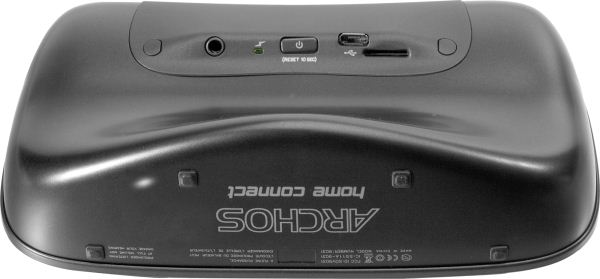
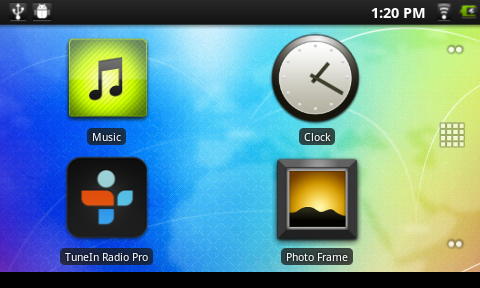
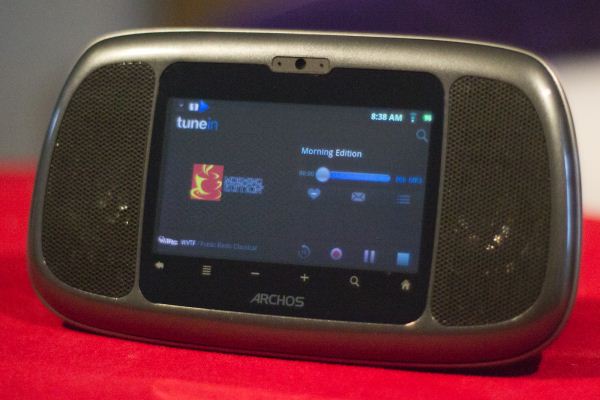

 Quote
Quote_575px.JPG)

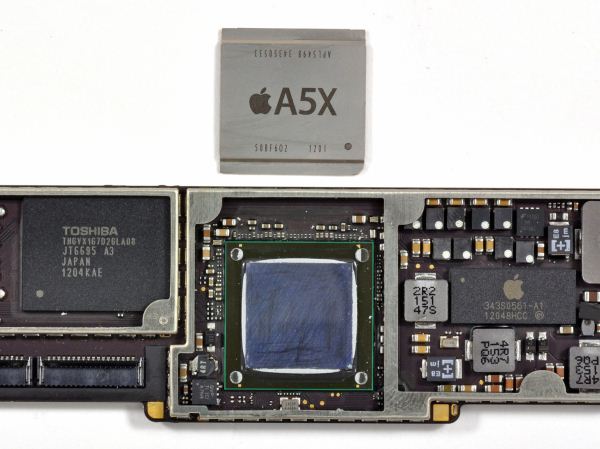
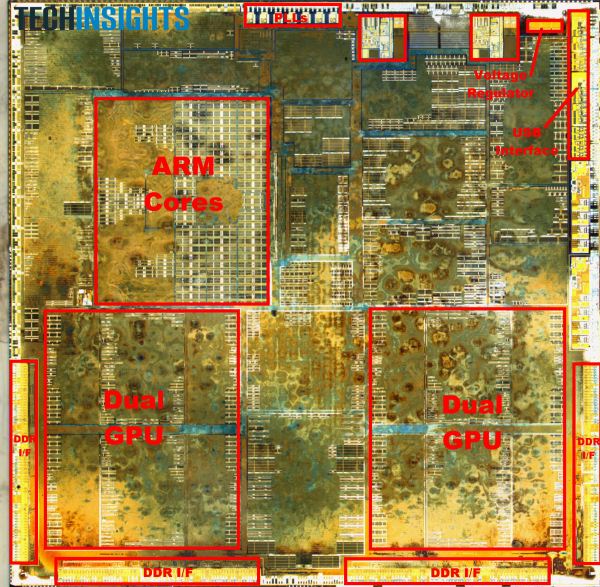

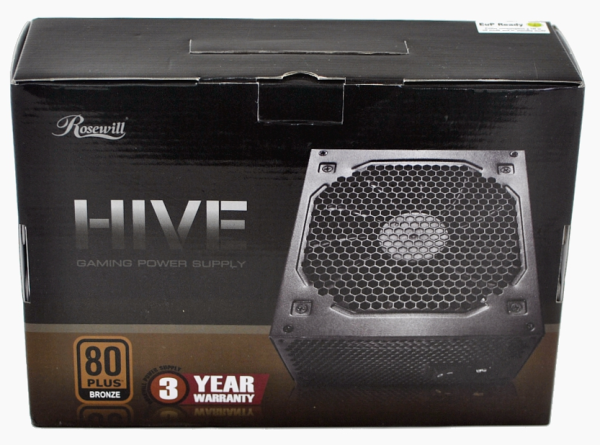
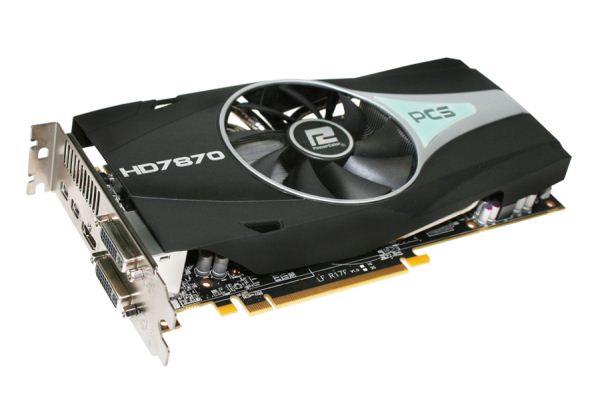
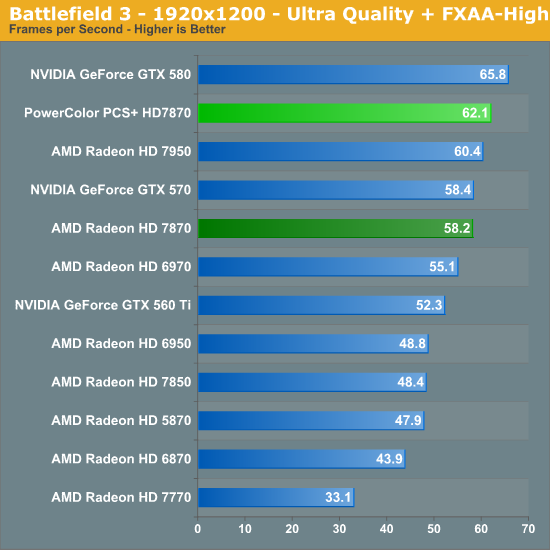


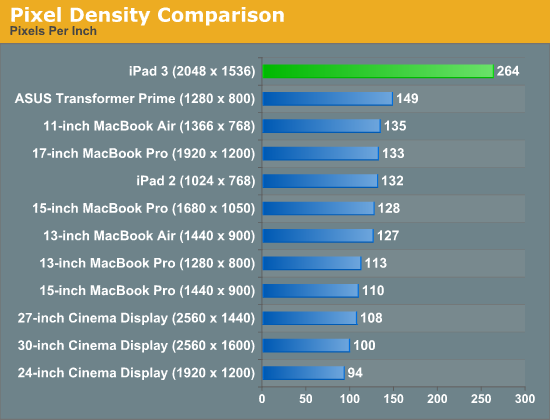
















Bookmarks